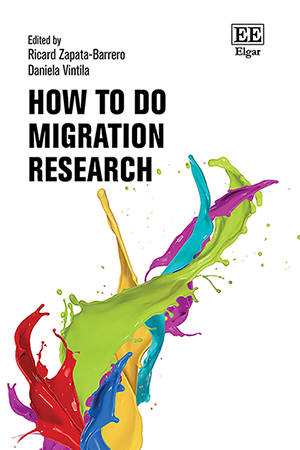This chapter argues that migration research is often strengthened by an integration of data and methods from both sides of the qualitative–quantitative divide. Such integration does not require a fully mixed-methods research design; also studies where one methodological approach dominates can benefit from the targeted application of other data and methods on a smaller scale. Recent developments in the research environment strengthen the opportunities for mixed-methods approaches. First, the shift in research funding towards large collaborative projects offers greater opportunities for coordinated collection and analysis of diverse data. Second, the promotion of open science makes more data available for secondary analyses, also in smaller projects such as a doctoral dissertation. In this chapter, I present a series of specific combinations of quantitative-dominated, qualitative-dominated, and balanced combinations. By demonstrating how methods can be mixed in practice, I aim to lower the threshold for doing so in migration research.
Carling, Jørgen (2024) Mixed methods: bridging the qualitative–quantitative divide in migration research, in How to Do Migration Research. Cheltenham: Edward Elgar (33–40). DOI: https://doi.org/10.4337/9781035306855.00011.







